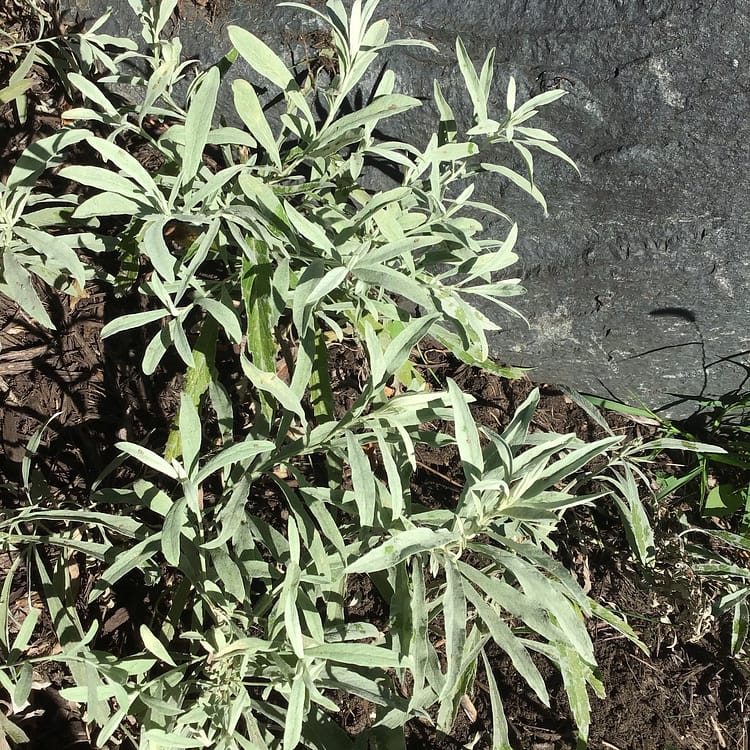Hello dear one,
I’ve been burning a lot of sage this year. I know that sounds rather cliché. But I want to share with you how I’ve been working with the sage in my garden to connect with my European ancestral roots and care for my health.
Following the recommendation of my qigong teacher, Master Chunyi Lin, I have been burning incense throughout my home at least every two weeks, beginning with the basement and traveling through every room. Master Lin recommended sandalwood because that is his tradition. Meanwhile some of my indigenous friends regularly burn sage throughout their homes.
Burning incense or sage is a way to purify the air. I’m speaking foremost about energetic cleansing. In qigong we talk about creating an energetic environment that is not hospitable to viruses. But sandalwood and sage are both known for their anti-microbial properties so might they also be transmitting that into the air?
It’s important for me to connect with how my European ancestors also burned herbs to purify the air. My Protestant ancestors rejected burning incense as they rebelled against the pomp and power structures of the Catholic and Anglican churches. But my English and Irish ancestors also had their herbal traditions.
According to this lovely article there was a practice in France of burning rosemary and thyme in hospitals to keep the air clean and preventing contagion. Some of the European plants used in smoke purification included vervain, mugwort, pine, and juniper. I’m going to talk about mugwort. Isn’t that a witchy sounding name? There are many references on the internet to it’s medicinal and magical properties.
The Latin name for common mugwort is artemisia vulgaris. Artemisia is a very large genus of plants named after the Greek moon goddess Artemis who is goddess of the wilderness, the hunt and wild animals, and fertility.
In my garden in Minnesota I grow artemisia ludoviciana, which also goes by many less colonized names including prairie sage. Ludoviciana is the latin form meaning “of Louisiana” (although probably it refers to “St. Louis”). This prairie sage, relative of common mugwort, is what I burn to cleanse my home. My ancestors would have used the native plants where they lived and I too prefer to use native plants. I approach the sage with the intention of it not only connecting me with the wisdom of my mugwort-using ancestors but also helping me live in this place according to the instructions from the land’s indigenous caretakers.
Here is what the sage looks like in my garden. Growing or gathering your own sage rather than buying it gives it a whole other energy. Some cultures have special ways of making offerings or singing songs at harvest. The simple advice from this aforementioned article by Nikki Darrell is “before harvesting set your intention and sit a while with the plant to ask permission to harvest part of it and use it for this purpose.â€

Bundles of sage drying in my kitchen.

To use the sage I strip some of the dried leaves off of the stalk and roll them into a ball between my palms.

I place the ball in a shell or bowl that can withstand heat and ashes. I light a corner of the ball and a wonderful smoke emerges. It has a more earthy quality than the white sage that is more commonly used in commercial sage sticks.

Wishing you good health!
emily
Joy & Healing Every Week!
Join any week to Healing Waters Qigong, a Spring Forest Qigong Practice Group, or the Wisdom Dances Circle, based in Laura Shannon’s research on women’s traditional dances as tools for healing and transformation.


